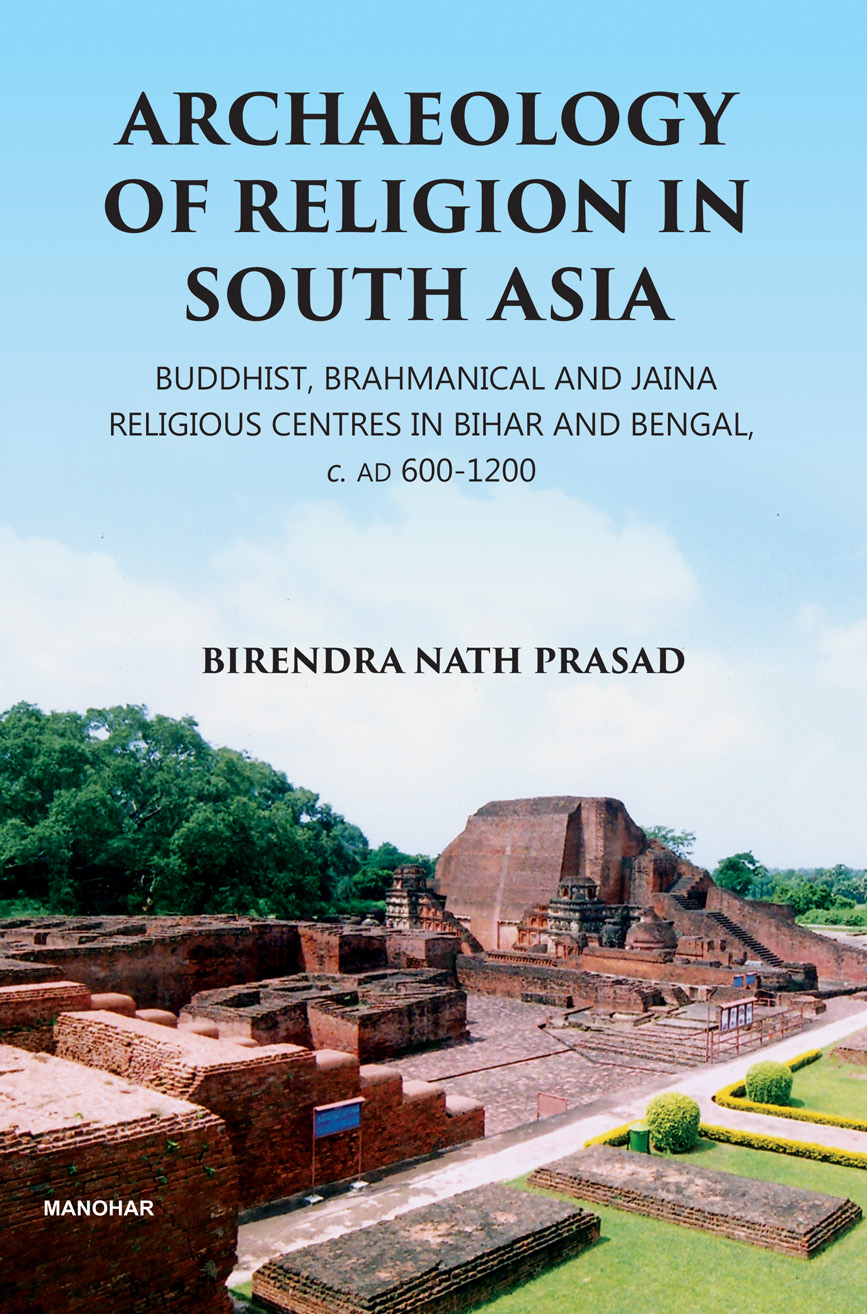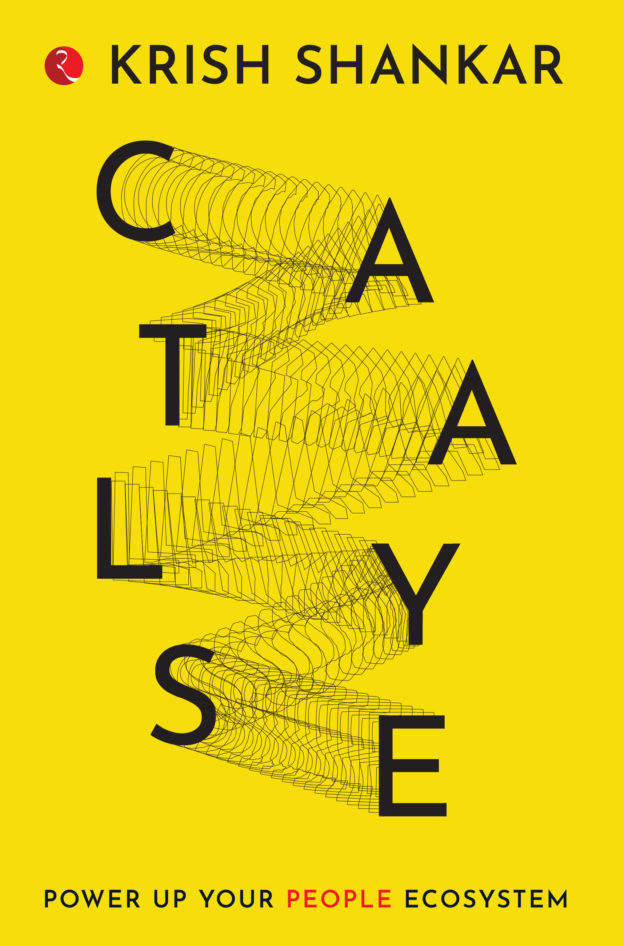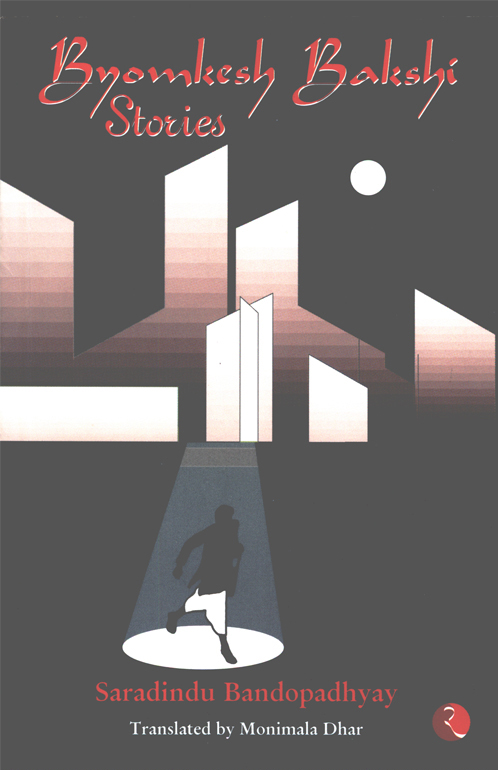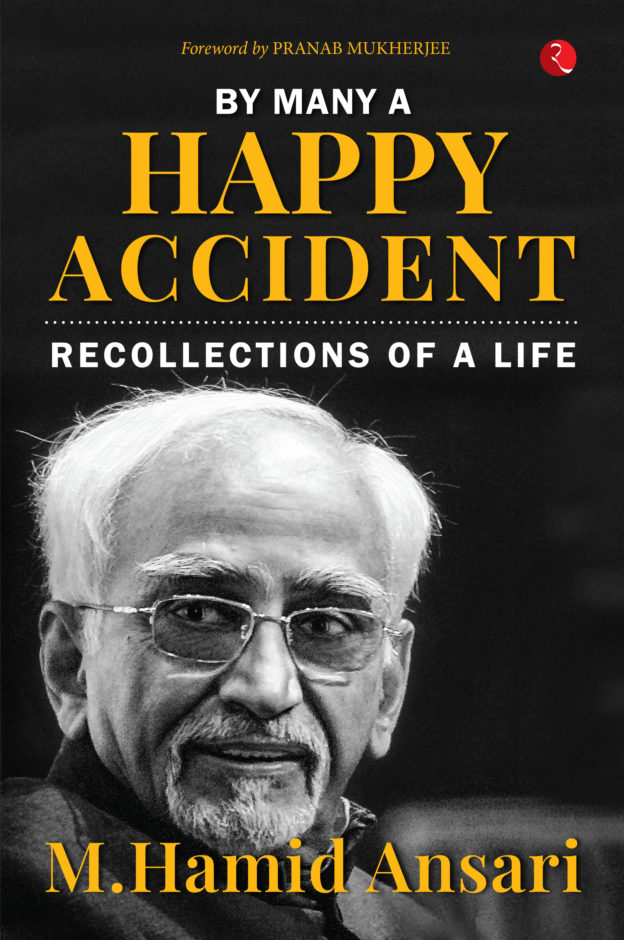Archaeology of Religion in South Asia: Buddhist, Brahmanical and Jaina Religious Centres in Bihar and Bengal, c. AD 600-1200
Availability :
In Stock
₹ 3,290.00
M.R.P.:₹ 3500
You
Save: ₹210.00 (6.00% OFF)
(Inclusive
of all taxes)
Delivery:
₹ 0.00 Delivery charge
Author:
Birendra Nath Prasad
Publisher:
Manohar Publishers
ISBN-13:
9788194991281
Publishing Year:
2021
No. of Pages:
770
Weight:
1 kg 700 grams
Language:
English
Book Binding:
Hardcover











